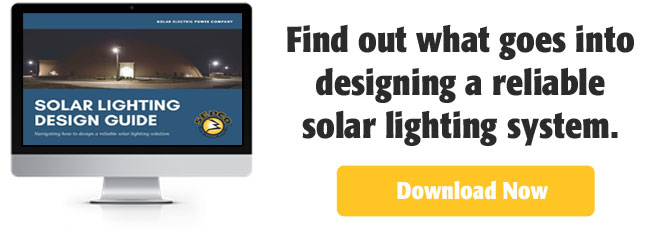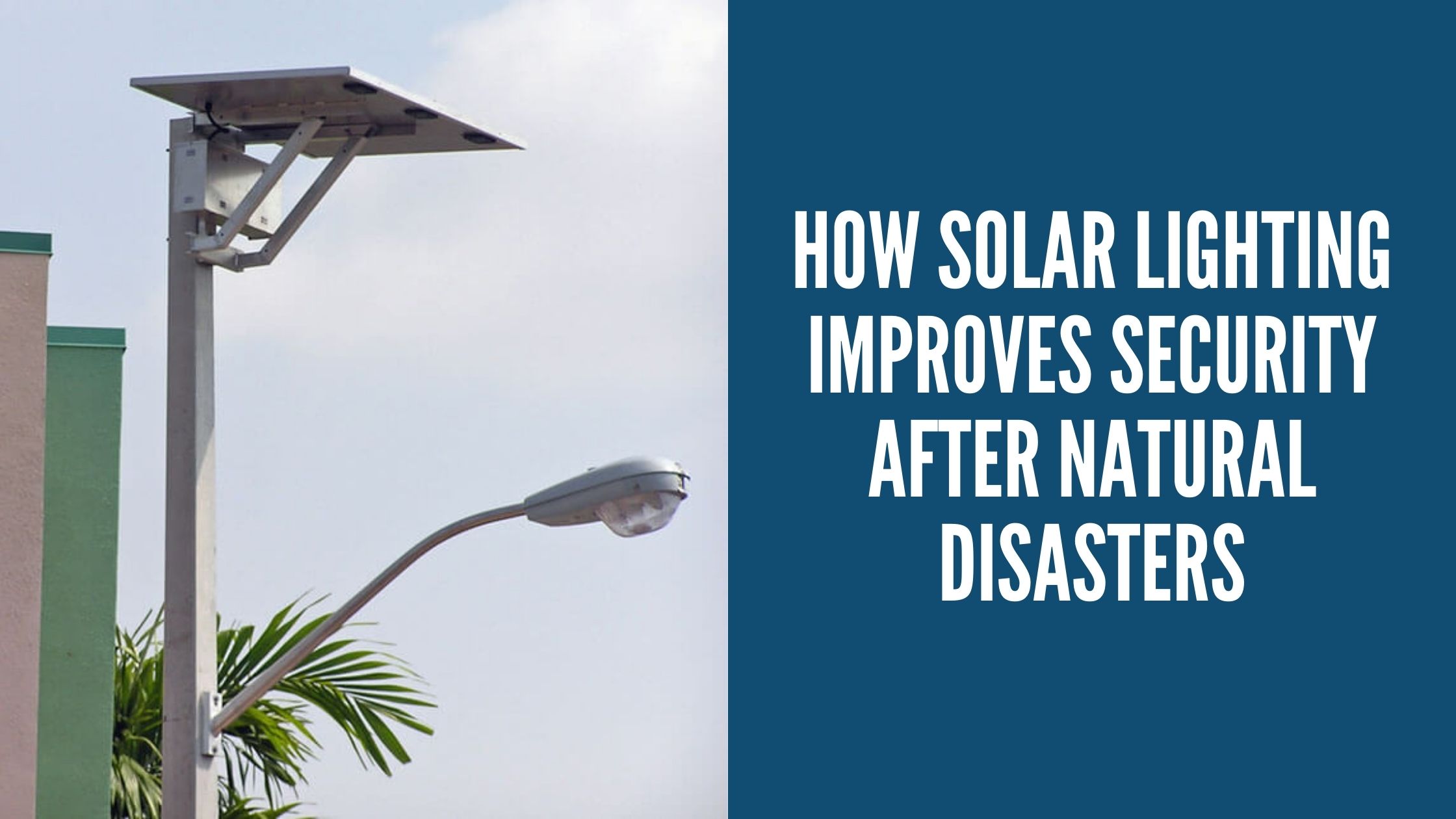With the increase of natural disasters such as hurricanes, floods, and blizzards, off-grid solar lighting systems can improve the security of an area since the lights do not rely on the utility grid for operation. During most natural disasters, the utility grid can become compromised and fail. Solar outdoor lights can be used to generate light for these areas and provide added security during these downtimes.
After Francis and Jeanne hit Florida a few years ago, SEPCO worked with the City of Dania Beach to provide solar lighting systems to neighborhoods that could withstand 150+ MPH winds. This greatly changed how solar lighting systems were designed, ensuring that in high winds, the solar lighting systems would be able to still be standing and operating as designed.
Today, every solar lighting system SEPCO designs are meant to withstand local AASHTO wind load requirements to ensure that the lights will be standing, even after a high wind event such as a hurricane. Working together with the pole company to design the poles to withstand these events with the weight and EPA of the solar power assembly is key to ensuring that the system will still be there after everything calms down.
Solar lights can also be used to quickly implement a solution after a disaster. The lights can be installed in a matter of hours. Solar lighting systems can also be moved from one location to the next as power is restored and then permanently installed in their final location once all repairs are completed.
The solar power can also be used for temporary power applications for communication devices, WiFi systems, or for any other power requirement during a natural disaster. The solar will continue to generate power during the day and store it for use by equipment attached.
Our best advice is to look at the specifications to ensure you are purchasing a system that is meant to withstand high winds. Engineering documentation showing the systems abilities can be requested from your solar lighting system manufacturer if required for specifications, usually for an additional cost.
If specialty wind load requirements are needed for a project, this can be requested during the initial design phase. Being upfront with design needs ensures your systems will stand up to anything.



